My unexpected trip to Uruguay in May 2005 continues as I leave the capital Montevideo, which I found oddly deserted and subdued, and head toward the summer playground of Punta del Este, but in winter, and the UNESCO World Heritage town of Colonia del Sacramento.

Punta del Este, the international jet set summer playground, was my next destination. I figured I might at least be able to afford to stay there in winter, when in summer it would be booked out months in advance and too pricey for my wallet. Since it is supposed to be such a popular vacation spot, I imagined beautiful white beaches and a lovely town with quaint attractive buildings. Two and half hours away by bus and I was about to be terribly disappointed.
[From my diary:] This morning as I headed out of my Montevideo hostel to Punta del Este I could sense a change as I might be heading for adventure. The bus terminal was modern and I had no problem buying the ticket or finding the bus. We departed and arrived on time. As we drove, the sun came out and I had high hopes it would remain so. But here I am not in Punta del Este and it is overcast, the sky almost uniformly white.
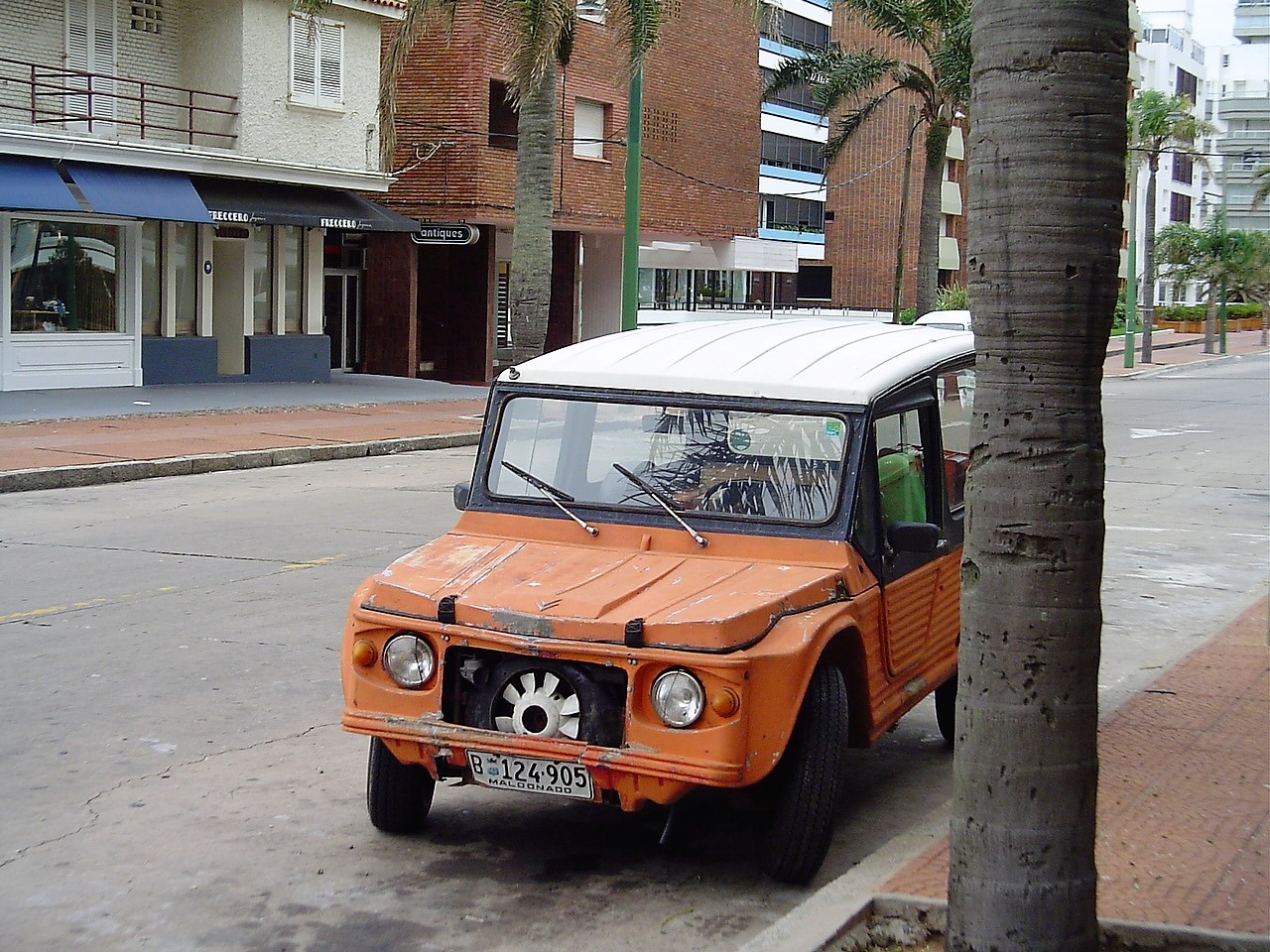
I found the hostel fairly easily (well, after many wrong turns and bad directions) and then set out have a walk around the town and some lunch. I walked down the deserted main street, again feeling things weren’t quite right. The town might be like any resort/beach town in the off seasons, think Ocean City, Maryland or Kitty Hawk, North Carolina in winter. Very, very quiet. Though Punta is supposed to be glitzy and expensive and trendy, I saw only old, worn out cars parked along the streets. I had some less than fabulous pasta at a small cafe and then headed back to the hostel to get some guidance. The girl in charge of the hostel was out and a man came downstairs. He told me he didn’t work there but he’d been there for months and maybe he could help me. My guess is that he was Uruguayan or Argentine though his English was almost accent-less. I asked, “What is there to do here?” “Sweetheart,” he said, “there isn’t anything to do here.” I was amused at his “sweetheart” address to me. It came off sounding rather cheesy and awkward, like he was just trying out its effect on foreign women. He proceeded to tell me that I should have come with a friend or a boyfriend (thanks for making me feel alone buddy) and that he was there with “his girl” and they would be watching a video that night, maybe I might join them? He pointed out to a beachfront from through the hostel front window. “See that beach,” he says, “in the summer it is so crowded with people you can’t see the sand.” I said that having a beach that crowded would not necessarily be a boon to everyone. I asked about Cabo Polonia, where there are sand dunes and the country’s second largest sea lion colony. Oh, don’t go there, he tells me. Because it will be absolutely dead, there will be nothing to do. “In the summer,” he says, “it is beautiful. They have a naked beach and you can drink and smoke anything you want. You can do anything you want there.” Uh, we clearly have different ideas about what is “beautiful” and “fun.” I wanted to see sand dunes and sea lions and enjoy stark natural beauty, not a bunch of drunk, stoned, naked people. Such a shame to miss all that, I know.
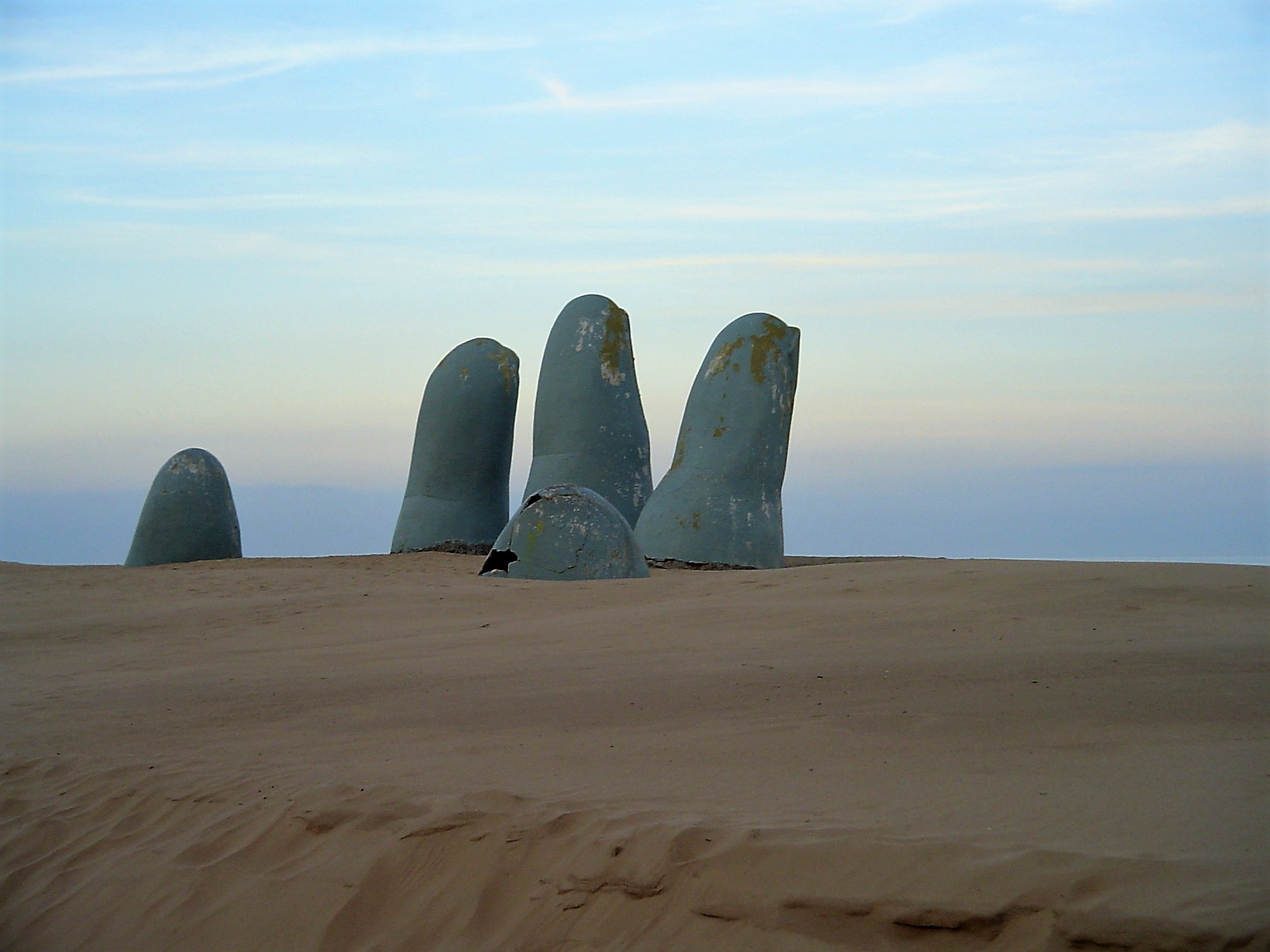
I decided to just walk around the point. It was sunny and not too cold and the walk was so much prettier than the Rambla. Here at Punta and nearby Maldonado are where many wealthy Argentines keep large summer homes. The walk reminded me very much of the walks along the ocean at Monterey, California for the climate and the architecture. Each house was pretty and unique. There was also a small port from where, in summer, boats head out to Isla Gorriti and Isla de Los Lobos, and in the winter the fishermen were selling fresh fish. Sea lions swam around the colorful boats. Around the point I slowly walked, with only a hopeful stalker bicyclist aiming to ruin it. He biked past me several times. At one point I must have made the mistake of saying “hola” while smiling. He biked on ahead and then parked and got off to sit on the stone wall. As I passed he smiled at me and patted the wall next to him. Forget it buddy I said (okay I really said I don’t speak Spanish and he indicated that he didn’t care by shrugging his shoulders) and I walked on. Around to the sculpture “El Mano” or as it is known in English, the Hand in the Sand – what appears to be five fingers of a giant hand, either reaching out of the sand or the last gesture of someone sinking away. I thought it reminded me of the Planet of the Apes and the Statue of Liberty sticking out of the sand at the end. I wanted a picture of me by one of the fingers, but there was no one else around.
Back at the hostel I have my dinner and watch a movie with Sweetheart’s girl. I hit the sack early because I planned to leave Punta del Este as early as possible.
[From my diary:] My hope was to make the 7 AM bus to Colonia, but I slept long and woke up just five minutes to. I had to settle for the 8:45 AM, which would get me to Colonia at 2:30 PM. The bus ride was uneventful, I slept in shifts. The sky cleared, then darkened, then cleared again.

I arrived at Colonia del Sacramento, the oldest town in Uruguay. Founded in 1680 near the confluence of the Rio Uruguay and the Rio de la Plata by the Portuguese and later ceded to the Spanish, Colonia as it is known is a UNESCO World Heritage Site. Though it too seemed lost it time, it seemed more appropriate for it to be so. I am not sure which time Colonia is supposed to be lost in, but it was by far my favorite place in Uruguay. The weather was beautiful – when I arrived I first changed into a lighter weight long-sleeved shirt and my fleece and returned almost immediately to take off the fleece. It was sunny and warm – around 70 degrees despite the leafless sycamore trees with their fallen dried orange leaves littering the streets as evidence of the early winter season. There were actually some other tourists in Colonia, most probably on a day tour from Buenos Aires – located just across the river, 45 minutes away by fast ferry. I liked the no pressure strolling around the cobblestone streets – some of them of very roughly hewn stone without much attempt at placing them closely and smoothly together – looking into shops. No one pounced on me as soon as I entered the stores. No high-pressure salesmanship. I was almost disappointed. In Asia I would have been lured, even pulled, in from the street and drawn into haggling for items I had no desire to buy. But in Uruguay, the lack of customer interest or even customers at all seemed unimportant. There was something aggravating and yet also pleasant in this lackadaisical approach to sales and life. Things were unhurried and in Colonia it felt so very appropriate – with the eclectic mix of Portuguese and Spanish colonial and early 20th century with hints of the 21st – there did not appear any desire to rush the town into the modern era. There were horse drawn carriages, 1920s and 1930s vintage cars, along with what I would guess to be early 50s vehicles. A 2005 model would have been the outlier, not the norm.

I strolled for several hours through the streets, climbing up the lighthouse and along the ruined walls of an old fort, to finally stopping for an early dinner at a small restaurant with a view of the sunset over the Rio. I was the only diner and I sat outside in the warm air enjoying the view and a steak. The only disturbances were a dog that wished to share in my meal who was shooed away by the two waitresses who sat glumly across the street on the curb watching over me, and a poorly dressed old man who sold me two band-aids for five pesos.
It seemed almost too calm and relaxing. Why wasn’t I more pleased that the dogs were not attacking me? That the band-aid seller was not more persistent and aggressive? This holiday seemed unlike so many I have taken.
Back at the hostel I was savoring the last few pages of the book I had brought. I had tried to ration the pages – I had not expected to have much time to read, and certainly not to finish the book. I should have brought two or three books with all the time I had on hand. Mostly I had spent the time I could have been reading in another favorite hobby of mine – sleeping. I slept on the plane, on the boat to Montevideo, on the buses to Punta del Este and Colonia. And still I could go to sleep early at night. It was as if I was making up for all the less than adequate sleep for the past few months – and still with all that sleeping, I could not stave off the end of the book. Three days left and a long flight back and I was finished. But just then the woman sharing the dormitory came in. I explained that I was leaving Colonia the next day but was debating between the 9:15 am ferry to Buenos Aires or to spend another quiet day in the town and take the 5:15 pm; however, having just finished off my only reading material I was inclined to leave in the morning. She told me I should take the way back via Carmelo and Tigre. I had no idea to what she was referring, and she told me there is a slower boat leaving from a town about an hour’s bus ride north of Colonia. The boat would wind its way through the Parana River Delta and arrive in the suburban town of Tigre, from where I could then take a bus or train into Buenos Aires. The idea of a more adventurous and less conventional way to return to Argentina appealed to me.

And so the next day at 11:30 I took the bus north to the small river town of Carmelo. I had about an hour to walk the town and buy provisions for the boat. Again, it was beautiful weather, so although I circled the same 10 blocks at least twice and I did not find anything of particular interest in Carmelo, I felt rather excited to be there. The boat ride was again uneventful and relaxing, but this time I felt content because I could look out the windows at the brown river and the life along the delta. I could step out onto the back of the boat and feel the sun and wind on my face. It felt delicious, almost undeserved. Within two hours we pulled up at the dock in Tigre and those heading onto Buenos Aires boarded the company bus.
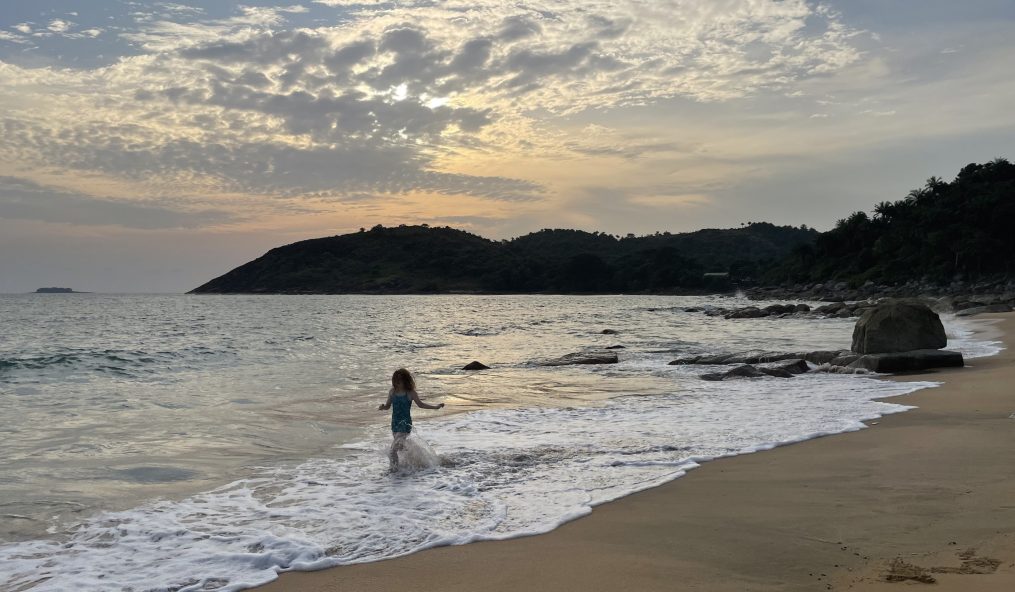
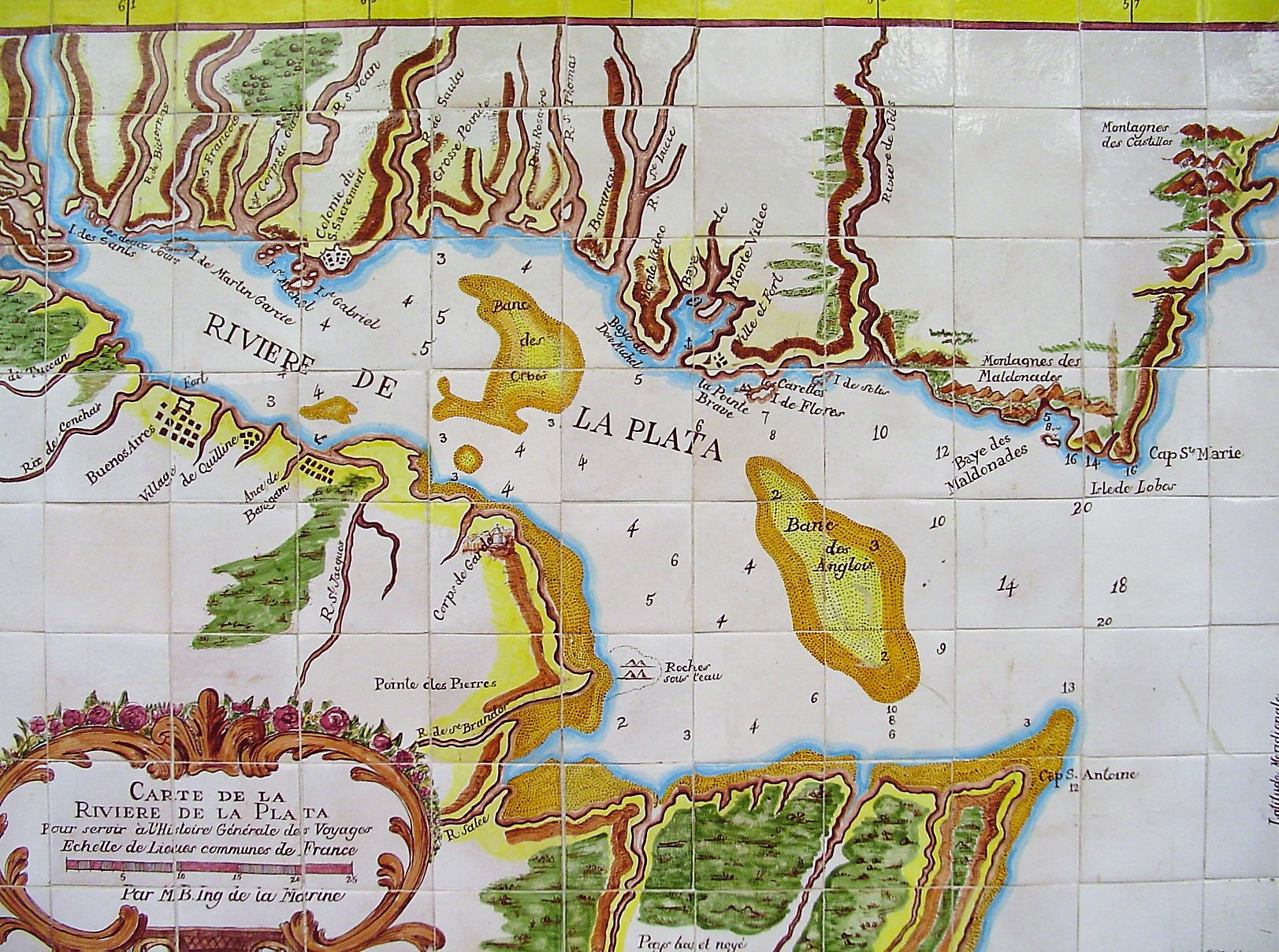 Why would I want to go to Uruguay? This was the question posed to me by just about everyone to whom I mentioned my trip. Why not go to Argentina? they asked. Well as just about everyone knows I like to take holidays that are a little different. I do not necessarily want to go to someplace that everyone else is going. However, looking up some statistics, I came across a website that said that Uruguay receives more international tourists than Argentina, Brazil, and Chile. This actually left me rather puzzled. Really? Where were they hiding? But I think I may know how this happens, if you count every Argentine that goes over for a weekend of shopping, then Uruguay may indeed have more “tourists.” I’d be willing to bet that 80-90% of tourists to Uruguay are Argentine or Brazilian, another 10% are the international jet set and celebrities a la Naomi Campbell, Leonardo di Caprio, and Claudia Schiffer that descend on glitzy Punta del Este in the summer.
Why would I want to go to Uruguay? This was the question posed to me by just about everyone to whom I mentioned my trip. Why not go to Argentina? they asked. Well as just about everyone knows I like to take holidays that are a little different. I do not necessarily want to go to someplace that everyone else is going. However, looking up some statistics, I came across a website that said that Uruguay receives more international tourists than Argentina, Brazil, and Chile. This actually left me rather puzzled. Really? Where were they hiding? But I think I may know how this happens, if you count every Argentine that goes over for a weekend of shopping, then Uruguay may indeed have more “tourists.” I’d be willing to bet that 80-90% of tourists to Uruguay are Argentine or Brazilian, another 10% are the international jet set and celebrities a la Naomi Campbell, Leonardo di Caprio, and Claudia Schiffer that descend on glitzy Punta del Este in the summer.

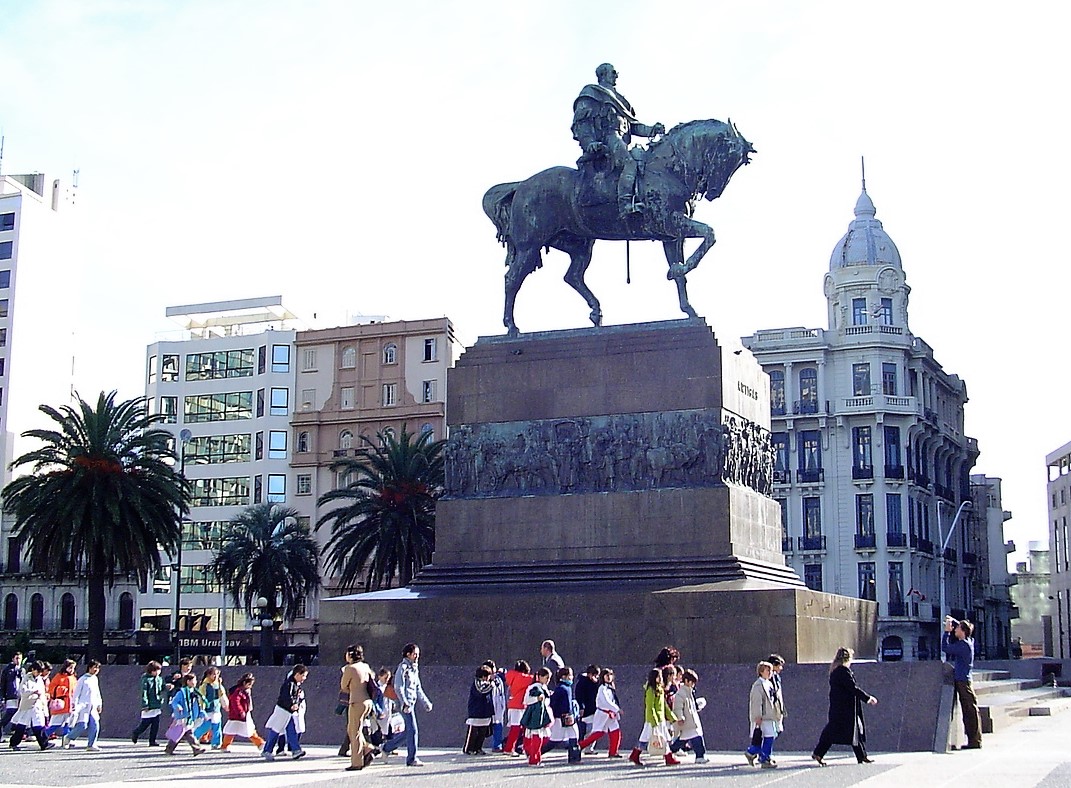

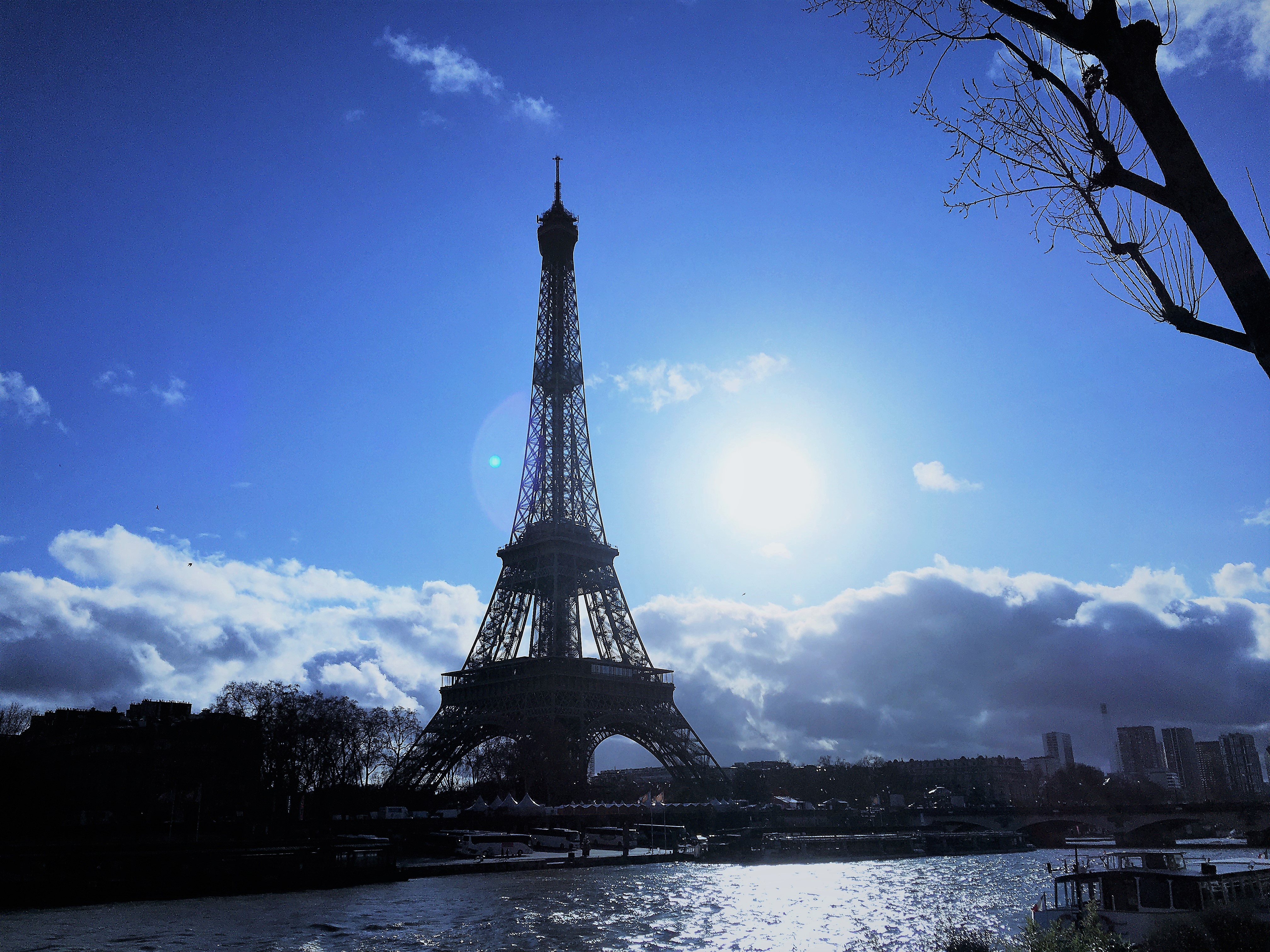 Following our epic adventure to Lapland (
Following our epic adventure to Lapland (


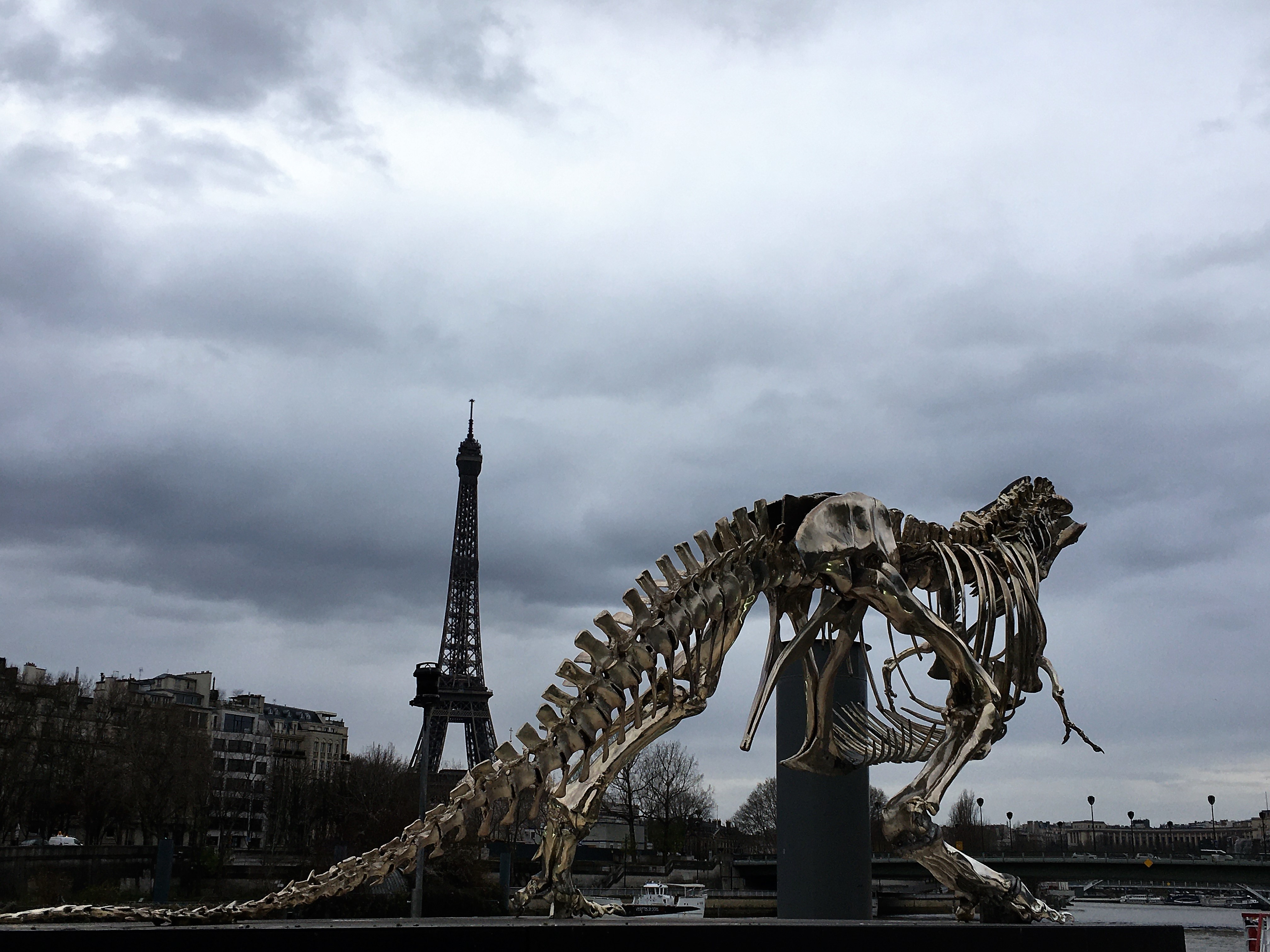

 The market was fun, festive, and chock full of many, many goodies. C wanted to play fairground games as I have only once before let her do so. After many, many tries she finally won – a cellphone holder. Ha! And then we hopped aboard the Roue for a few spins with a different view. This time we could look over the Tuileries, the Arc de Triomphe du Carrousel, the Louvre, and the grand buildings along the Rue de Rivoli, again also with spectacular afternoon sunlight. And as we left the market to head back to our hotel a double rainbow appeared. It was a glorious end to an overall wonderful trip.
The market was fun, festive, and chock full of many, many goodies. C wanted to play fairground games as I have only once before let her do so. After many, many tries she finally won – a cellphone holder. Ha! And then we hopped aboard the Roue for a few spins with a different view. This time we could look over the Tuileries, the Arc de Triomphe du Carrousel, the Louvre, and the grand buildings along the Rue de Rivoli, again also with spectacular afternoon sunlight. And as we left the market to head back to our hotel a double rainbow appeared. It was a glorious end to an overall wonderful trip.